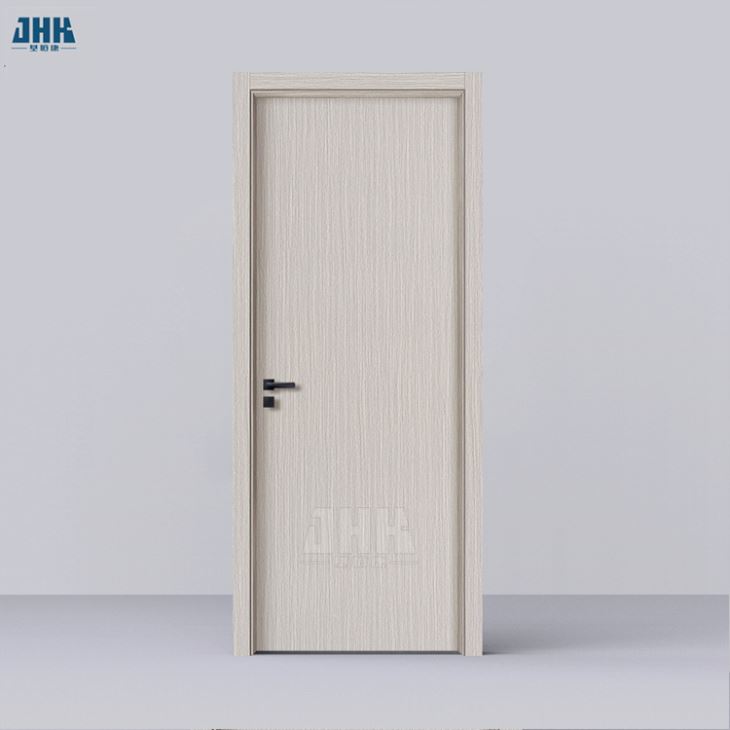What You'll Need
Equipment / Tools
Cordless drill with driver bits
Cordless nailer
Flat prybar
Clean towel or cloth
Utility knife
Hammer
Five-In-One tool
Materials
Drywall screws, 1 5/8-inch
Painter's caulk
Instructions
Remove the Door Trim
If this is a fix, not a new installation, first remove the existing door trim.
With the prybar, gently remove the door trim from the door casing. Begin on the wall side and fit the flat end of the pry bar under the trim. Insert a towel or cloth under the prybar's fulcrum to protect the wall. Push down on the prybar. The trim should pop up, allowing you to remove it.
Secure the Drywall to the Stud
Sometimes, the drywall underneath the door trim has loosened from the stud. The drywall screws or nails may have popped through the drywall paper. If there is a gap between the drywall and the stud, drive several drywall screws to secure the drywall to the stud. If there is no gap, do not drive screws as this will complicate later steps.
Cut the Drywall Paper
Placing the trim back in position and using it as a straight edge, slice the drywall paper on the outer edge. Avoid cutting farther back into the gypsum core for now, though you may need to do that in later steps. Put the trim aside.
Peel the Paper and Test Depth
With the sharp side of the five-in-one tool, slice away drywall paper on the door side of the slice. Do this carefully so that you do not disturb the paper or gypsum on the other side. Peel away the rest of the paper by hand. Test this new, lower depth by placing the trim on top. Sometimes, removing this thin layer of paper is enough to bring the trim into alignment with the door casing. If this does not work, proceed with the next steps.
Remove Drywall Screws or Nails
If there are any drywall screws or nails in that strip between the door casing and the cut, remove them.
Break the Gypsum Core
With the hammer, tap the drywall on the door side of the slice. Your goal is to partially shatter the gypsum, loosening it for removal in the next step. Do this carefully to avoid breaking gypsum in areas that you want to preserve.
Remove Some of the Gypsum
Scrape away gypsum to the depth that you need. Keep the depth equal. Frequently test the depth by placing the trim over the area that you are gouging out.
Tip
If you removed drywall screws or nails in a previous step, replace them. Do not nail back in the same spot as the nail will not hold.
Install the Door Trim
With the cordless nailer, nail the door trim back into place. The far side of the trim should rest within the pocket that you created within the drywall.
Apply Painter's Caulk
Apply a small amount of painter's caulk to the far (cut) side of the door trim to smooth the appearance and cover up any ragged paper cuts. After the caulk has dried, paint the trim and the wall.
































